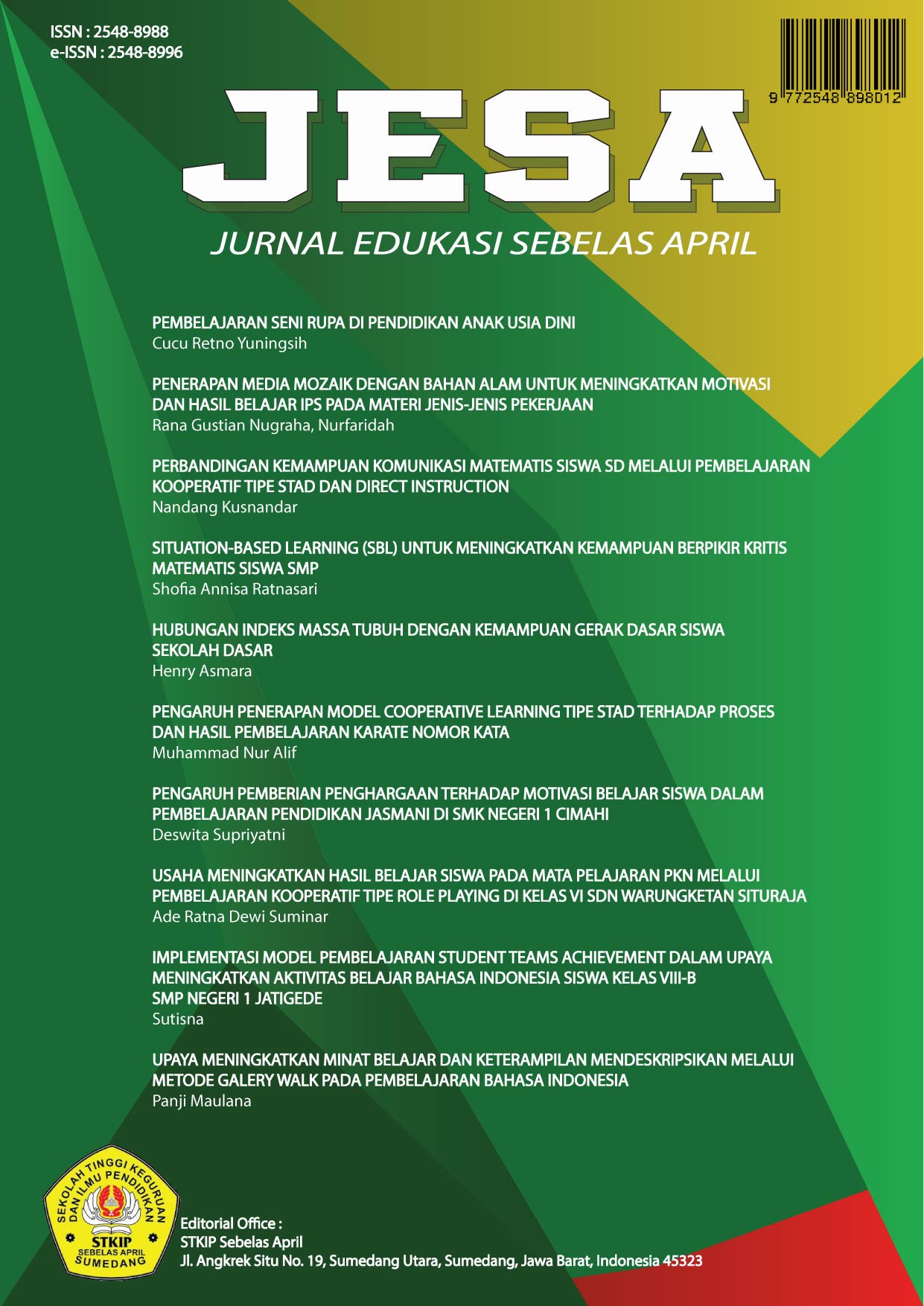THE EFFECT OF STRONG WELDING ELECTRIC CURRENT ON TENSILE STRENGTH AND SMAW WELDING MICROSTRUCTURE WITH E6027 ELECTRODE
Keywords:
mechanical properties, SMAW welding, low carbon steelAbstract
Welding is a metal joining technique by melting some of the parent metal and filler metal or without adding metal and producing a continuous metal. In the world of welding engineering or the industrial world today, low carbon steel is one of the metals that is often used in construction. One of the problems that often occurs in the use of steel as a basic construction material is that steel is prone to fracture. This study aims to determine how the mechanical properties and microstructure and the relationship between the two SMAW welding results with variations in welding current strength using E6027 electrodes. This research uses experimental research methods and this type of research is quantitative research. To obtain results regarding the analysis of the magnitude of tensile strength and microstructure of low carbon steel that has undergone SMAW welding with variations in current strength, the data obtained were analyzed using descriptive analysis, which describes the comparison of specimens treated differently during the welding process. The value of the tensile strength test results of each group is averaged and then compared with the average value of the other groups' tests. The results of the comparison of tensile strength tests and groups were then analyzed. For each variation of current strength, 1 microstructure specimen was taken on HAZ, weld metal and base metal. The research object used is low carbon steel. The tensile strength test specimen refers to the ASTM E8/E8M-09 standard. The results showed that the tensile strength of the welding raw material was 36,711 kgf/mm2. the value of the tensile strength with a current of 100 Ampere decreased by 31,863 kgf/mm2. Meanwhile, with a strong welding current of 125 Amperes an increase of 40,827 kgf/mm2. At a welding current of 150 Amperes an increase of 48,503 kgf/mm2 The microstructure of the parent metal consists of pearlite and ferrite, the microstructure of the HAZ region. The microstructure of the HAZ region and the weld metal with a welding current of 150 Ampere consisted of bainite and widmanstatten ferrite. The microstructure of the HAZ region and the weld metal with a welding current of 100 and 125 Ampere consisted of residual asutenit and widmanstatten ferrite.
Downloads
Published
How to Cite
Issue
Section
License
Copyright (c) 2022 JESA - Jurnal Edukasi Sebelas April

This work is licensed under a Creative Commons Attribution-NonCommercial-ShareAlike 4.0 International License.
https://creativecommons.org/licenses/by-nc-sa/4.0/








